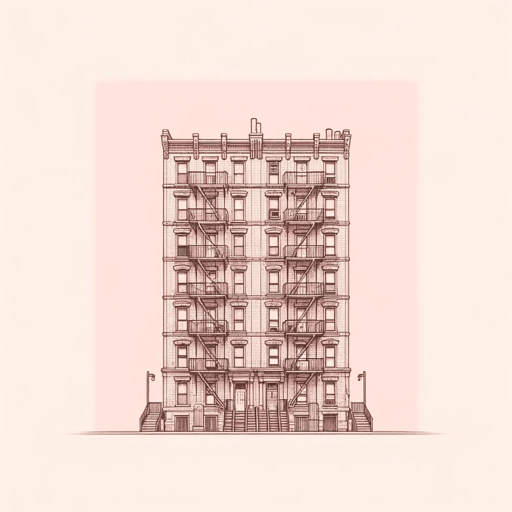47 pages • 1 hour read
Jacob RiisHow the Other Half Lives
Nonfiction | Book | Adult | Published in 1890A modern alternative to SparkNotes and CliffsNotes, SuperSummary offers high-quality Study Guides with detailed chapter summaries and analysis of major themes, characters, and more.
Chapter 10Chapter Summaries & Analyses
Chapter 10 Summary and Analysis: “Jewtown”
Riis enters “Jewtown,” from Bayard to Baxter Street, where “[t]he jargon of the street, the signs of the sidewalk, the manner and dress of the people, their unmistakable physiognomy, betray their race at every step” (104). This is the language of Riis’s native Europe, and in a few decades the prejudices and attitudes behind this thinking would plunge that continent into war and darkness. In “Jewtown” the tenements are taller and the “tramps” are fewer, for everyone is busy, though one photograph (“A Tramp’s Nest in Ludlow Street”) does depict a man sleeping on a dirty floor. The chapter is littered with racial epithets, e.g. “Thrift is the watchword of Jewtown, as of its people the world over” (106). Yet somehow there is desperate poverty. Disease abounds in these tenements, as do petty conflicts that exasperate the police. Above all, there is activity. An image (“A Market Scene in the Jewish Quarter”) depicts dozens of people looking over fruit stands at a corner store and milling about in front of every shop on the street. Many synagogues “consist of a scantily furnished room in a rear tenement” (112). Whereas the Chinese tenants are obsessively neat, the Jewish tenants are habitually dirty; Riis nonetheless seems to hold the latter group one small notch above the former.

